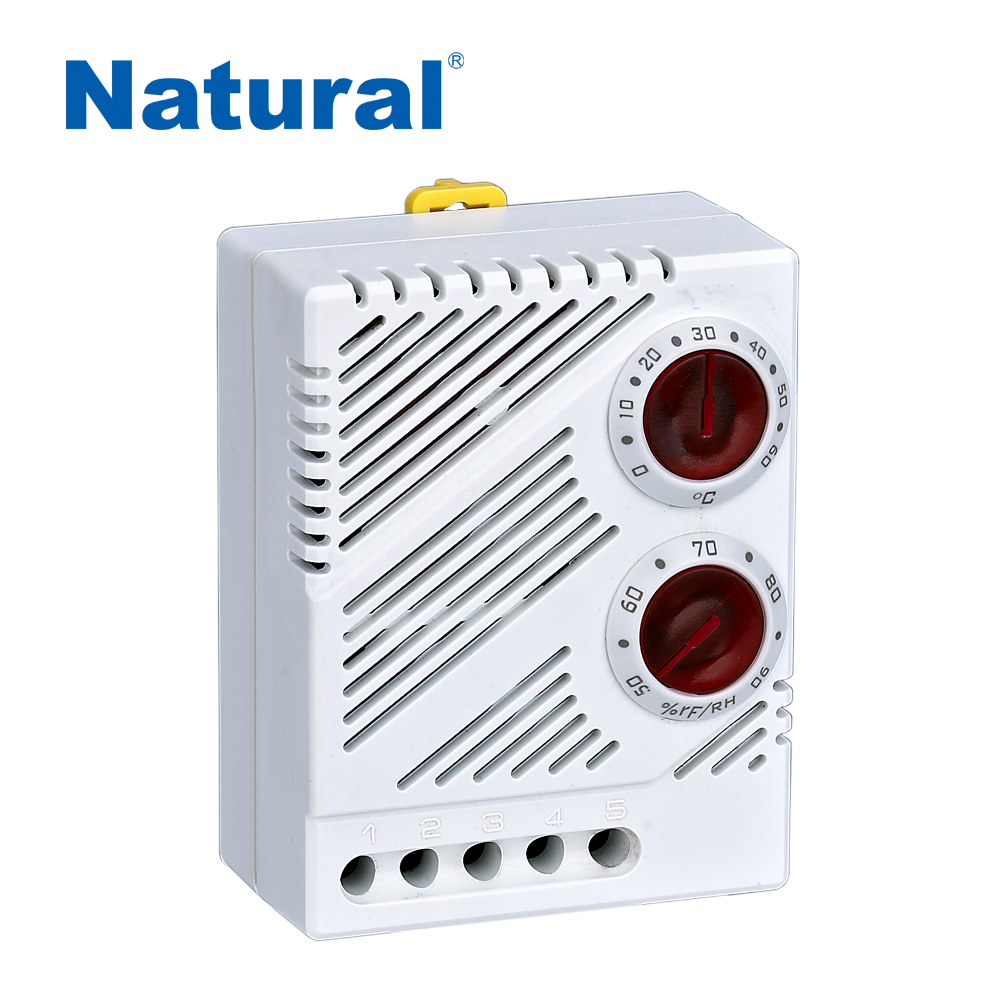In today’s rapidly evolving world, the demand for precise climate control in various industries and applications has never been higher. Whether it’s maintaining the ideal environment in a greenhouse, data center, or your home, humidity plays a crucial role. To achieve this, electronic hygrostats have emerged as indispensable tools. In this article, we will delve into the world of electronic hygrostats, exploring their functionality, applications, and advantages.

Electronic Hygrostat: An Overview An electronic hygrostat, often referred to as a humidity controller, is a device designed to monitor and regulate humidity levels in a controlled environment. Unlike mechanical hygrostats, electronic hygrostats offer greater accuracy and control, making them a preferred choice for applications where precision is critical. Functionality Electronic hygrostats function on the basis of electrical sensors, typically capacitive or resistive, that detect changes in humidity levels. When the humidity exceeds or falls below the desired setpoint, the hygrostat triggers a connected device, such as a humidifier or dehumidifier, to maintain the desired humidity level. This closed-loop control system ensures consistent and precise humidity regulation. Applications Agriculture and Horticulture:Greenhouses and indoor farms rely on electronic hygrostats to create optimal growing conditions for plants. Precise humidity control is essential for seed germination, plant growth, and disease prevention. Data Centers:Data centers house sensitive electronic equipment that can malfunction in high humidity conditions. Electronic hygrostats help maintain the recommended humidity levels, preventing costly equipment failures. Museums and Art Galleries:Preserving art and artifacts requires stable humidity levels. Hygrostats play a vital role in maintaining the integrity of valuable collections. Industrial Processes:Many industrial processes, such as pharmaceutical manufacturing and food production, demand specific humidity levels for quality control. Electronic hygrostats ensure these conditions are met consistently. Home Comfort:In residential settings, electronic hygrostats are used in humidifiers and dehumidifiers to create a comfortable indoor environment. They can also prevent mold and mildew growth. Advantages of Electronic Hygrostats Precision:Electronic hygrostats offer precise control over humidity levels, ensuring that the desired setpoint is maintained with minimal deviation. Customization:These devices often come with adjustable setpoints and hysteresis settings, allowing users to fine-tune humidity regulation to their specific needs. Automation:Electronic hygrostats can be integrated into automated systems, reducing the need for constant manual monitoring and adjustment. Energy Efficiency:By operating connected devices only when necessary, electronic hygrostats help save energy and reduce operating costs. Remote Monitoring:Some advanced models allow for remote monitoring and control through smartphone apps or web interfaces, enhancing convenience. In conclusion, electronic hygrostats have revolutionized the way we control humidity in various environments. Their precision, customization options, and automation capabilities make them invaluable tools in agriculture, industry, museums, data centers, and homes. As technology continues to advance, we can expect even more sophisticated electronic hygrostats that further improve humidity control and energy efficiency, contributing to a more sustainable and comfortable future.